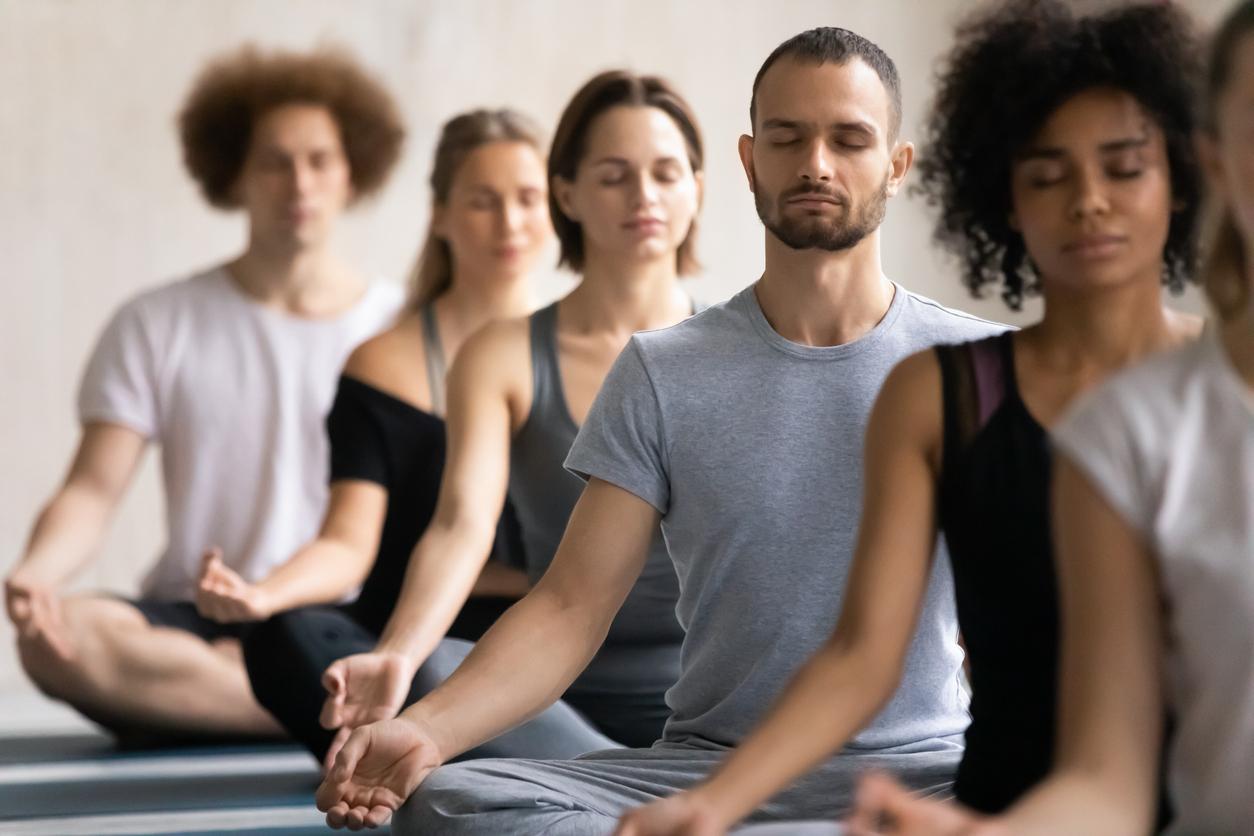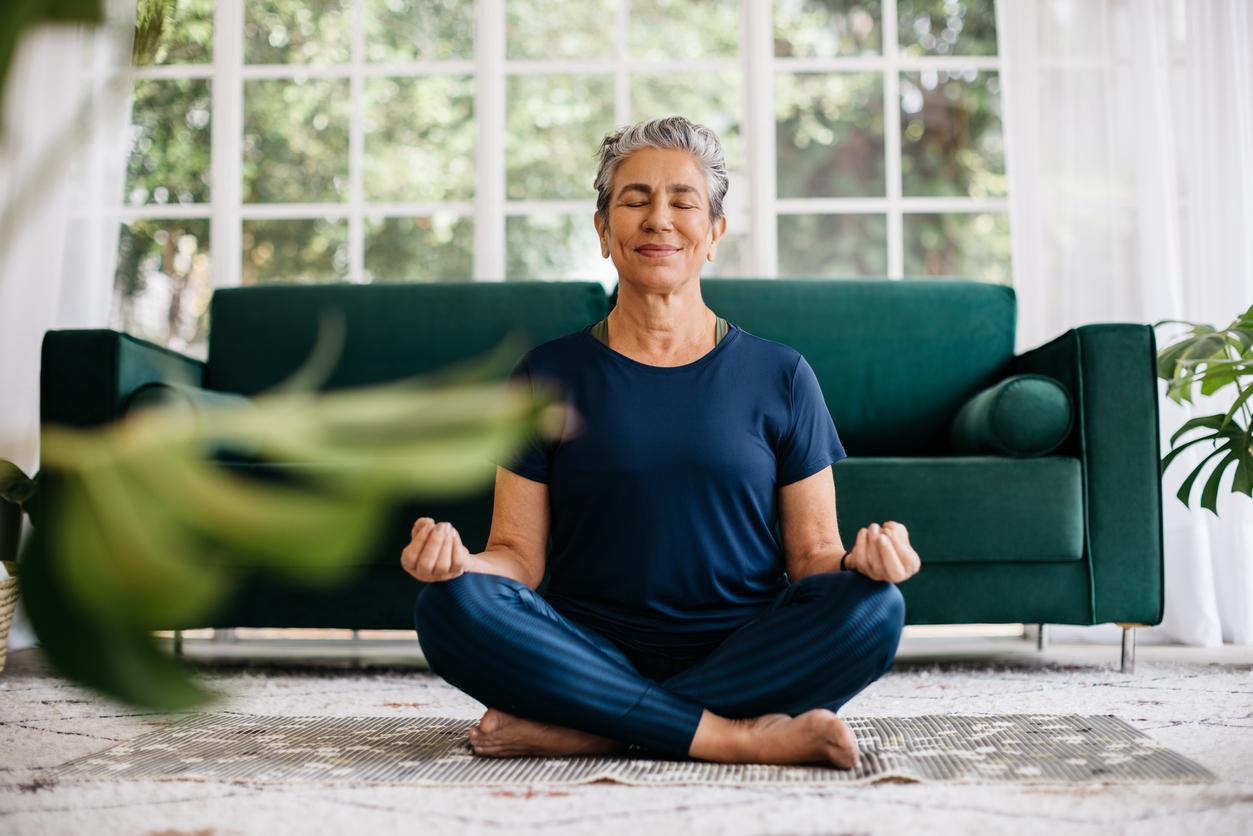Mindfulness meditation is about focusing your attention on the present moment voluntarily, consciously and without judgment. This practice, which is easily integrated into daily life, produces beneficial effects against stress, anxiety and depression.
To practice mindfulness meditation, you must agree to stop whatever you are doing right away. No distractions, no nibbling, no mobile phones, no screens and… as little noise as possible.
A mindfulness meditation session is a privileged moment when you have an appointment with yourself. You must therefore make a conscious decision to take a real break.
Ideally, this break can last about twenty minutes, but there is obviously no imposed duration for a mindfulness meditation. It’s up to you to find the rhythm that suits you. It would be better meditate deeply for 10 minutes than spending an hour sitting without being able to concentrate.
1. Take care of your posture
In all meditation teachings, whether traditional or contemporary, it is recommended to pay attention to posture. Meditation posture consists of two factors: posture of the body and posture of the mind.
At body level, you can meditate sitting on a chair, feet flat on the ground, hands resting on your thighs, shoulders open and back straight. You can close eyes because it’s easier if you’re not used to it. At the level of the mind, don’t try to obtain an immediate result.
Meditation is not a relaxation session where it is a question of relaxing at all costs. Meditation is about observing what is happening within us in the present moment. The psychiatrist Christopher Andre (see the video below) specifies that the “posture of the mind is a mixture of curiosity and benevolence”.
You can start by becoming aware of your breathingthe movement of air going in and out, your chest and belly rising and falling…
2. Fix your attention on your breathing
When you inhale, simply realize that the breath is there and let your body breathe as it wishes. Pay attention to how your lungs expand as they fill with air and how they contract during exhalation. Continue in this way to observe the movement of your breath for a few minutes.
The first few times you practice mindfulness meditation, you will find that you spend a lot of time in your thoughts rather than focusing on your breathing. It’s just about refocusing. You can thus lose focus and bring your attention back several times in a few minutes.
With practice, you will be able to maintain your concentration longer. You will be less distracted by the thoughts and emotions that arise.
3. Become aware of the present moment
Then you can become aware of your body. What is going on in your feet, in your legs, in your stomach, in your shoulders, on your face? Mentally connect to your body, sounds and noises around you. Meditation does not require absolute silence.
Don’t think too much, don’t think too much. On the contrary, let the thoughts slip away without clinging to one of them. This is called mindfulness meditation.
This state is initially disturbing because it is unusual. Usually you are focused on one thought, one activity, one object. It is from there that you will become aware of all phenomena associated with this experience.
4. Practice mindfulness meditation in small steps
The benefit of mindfulness meditation is all the more obvious the more you practice it regularly. To continue your initiation, you can decide practice mindfulness meditation every morning for 10 minutes. This will save you from rushing to your mobile phone to see the latest messages you have received…
You can repeat the exercise several times during the dayby small touches: in public transport, when you are waiting for something, or just before resuming your professional tasks…
You can also practice mindfulness mediation just before sleeping. Rather than falling asleep with projects, worries, sources of anxiety in your head, this will allow you to reconnect with yourself and probably… Find sleep under better conditions.
Read also:
Positive psychology: get closer to happiness…
Seeing the glass half full, can you learn that?
10 tips from science to be happy
Mindfulness meditation: 4 tips for success
6 keys to exercising your gratitude

















